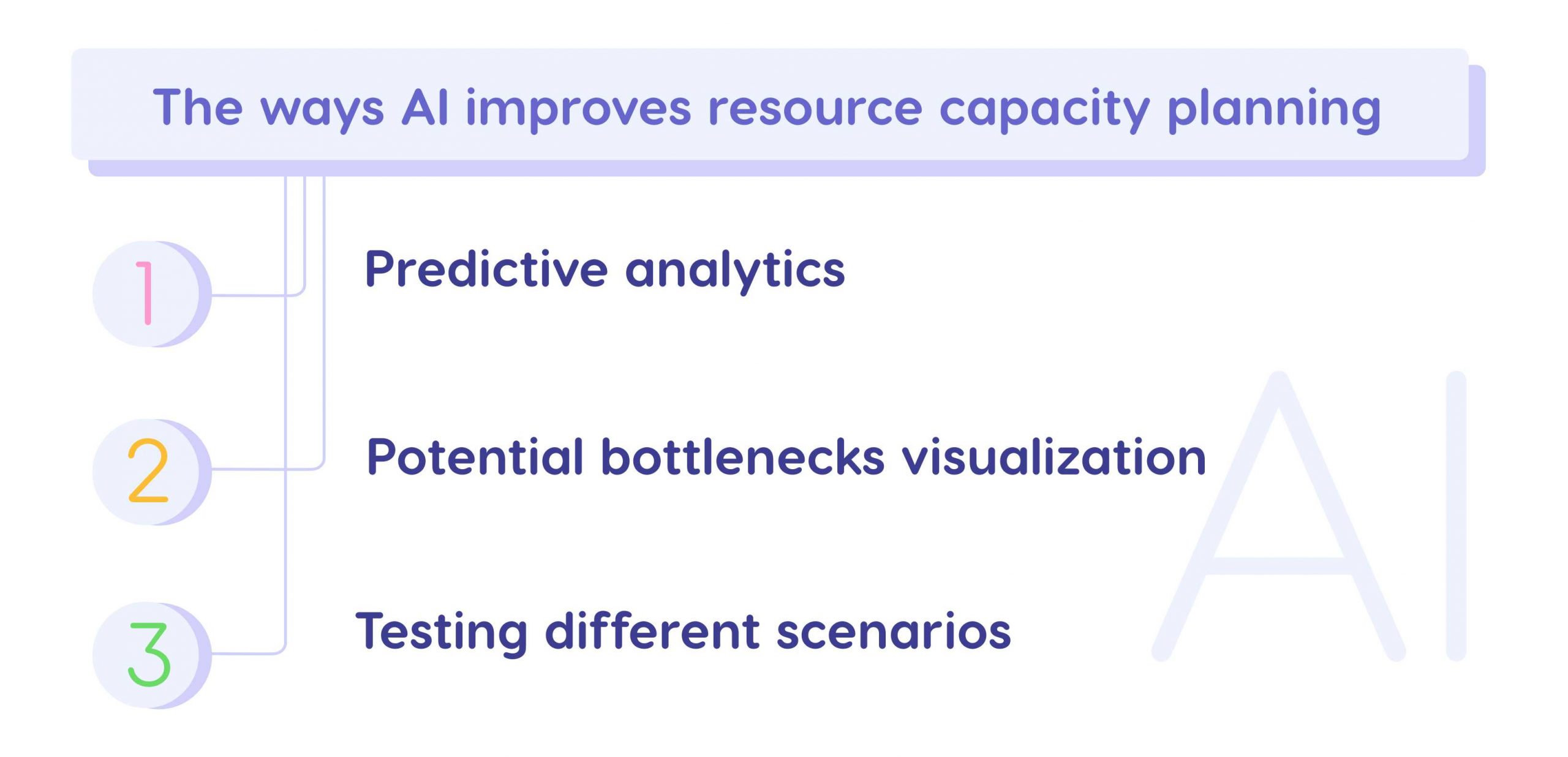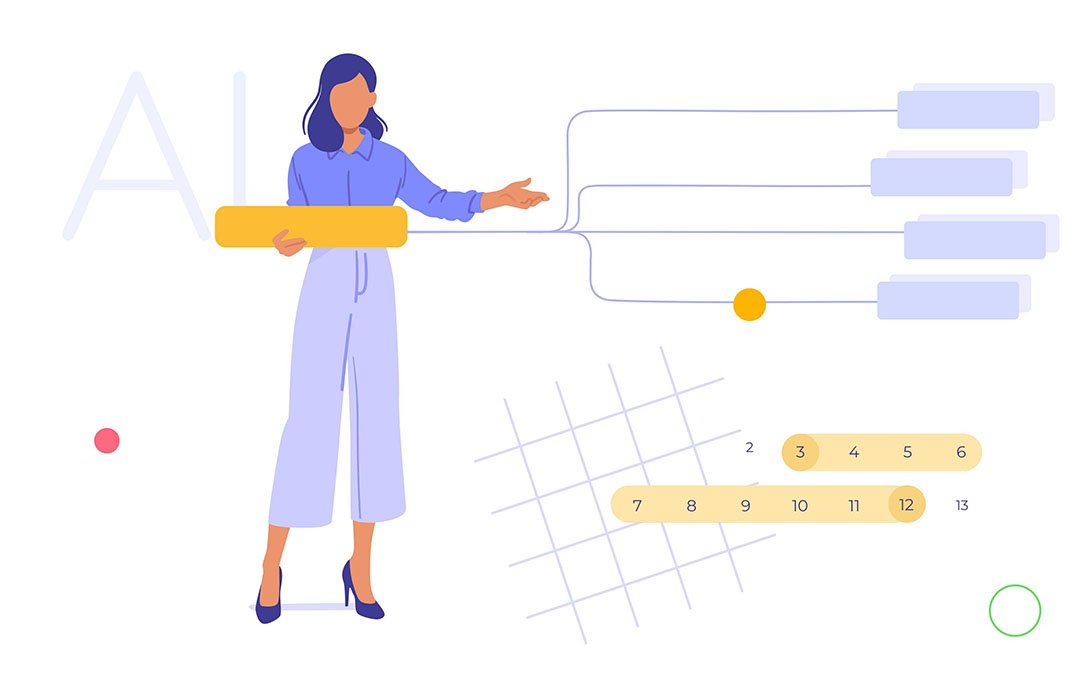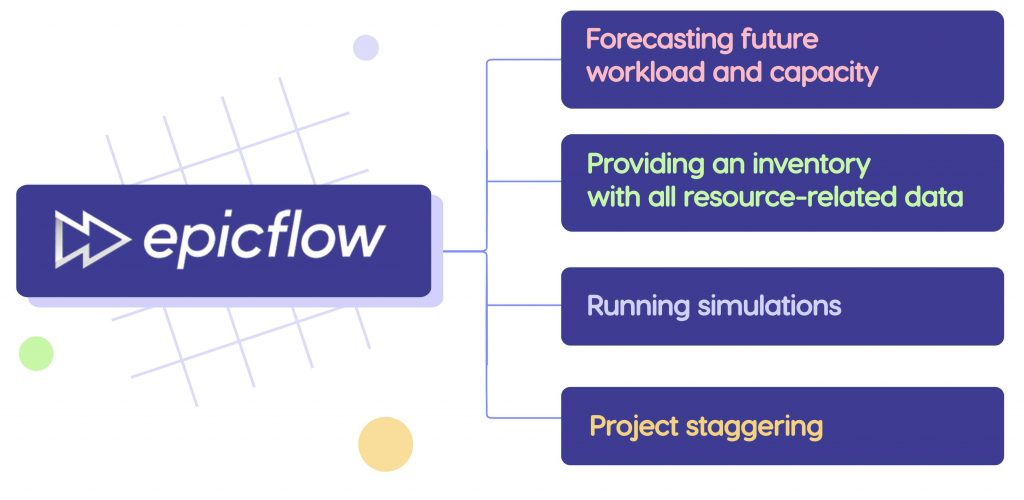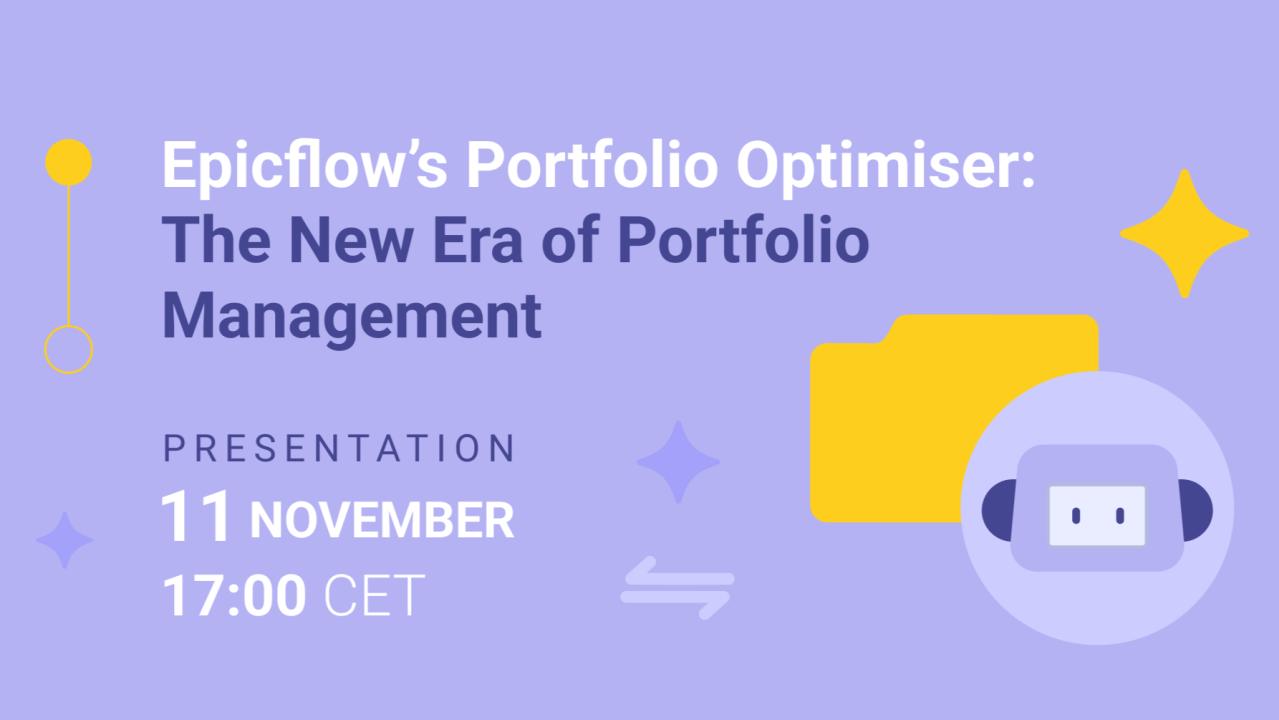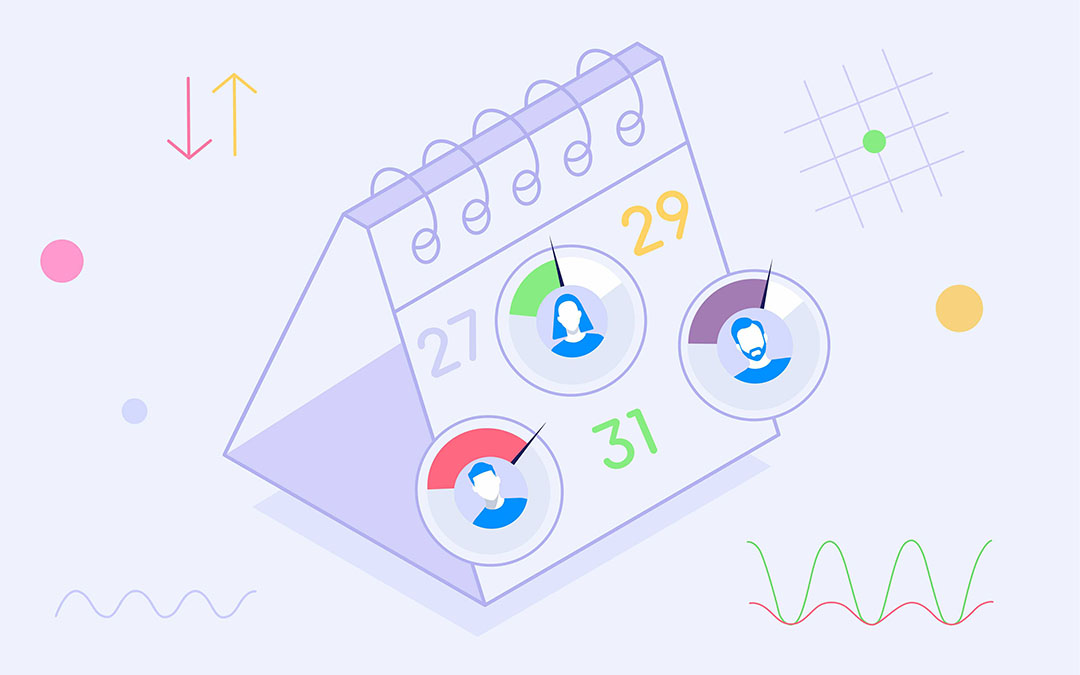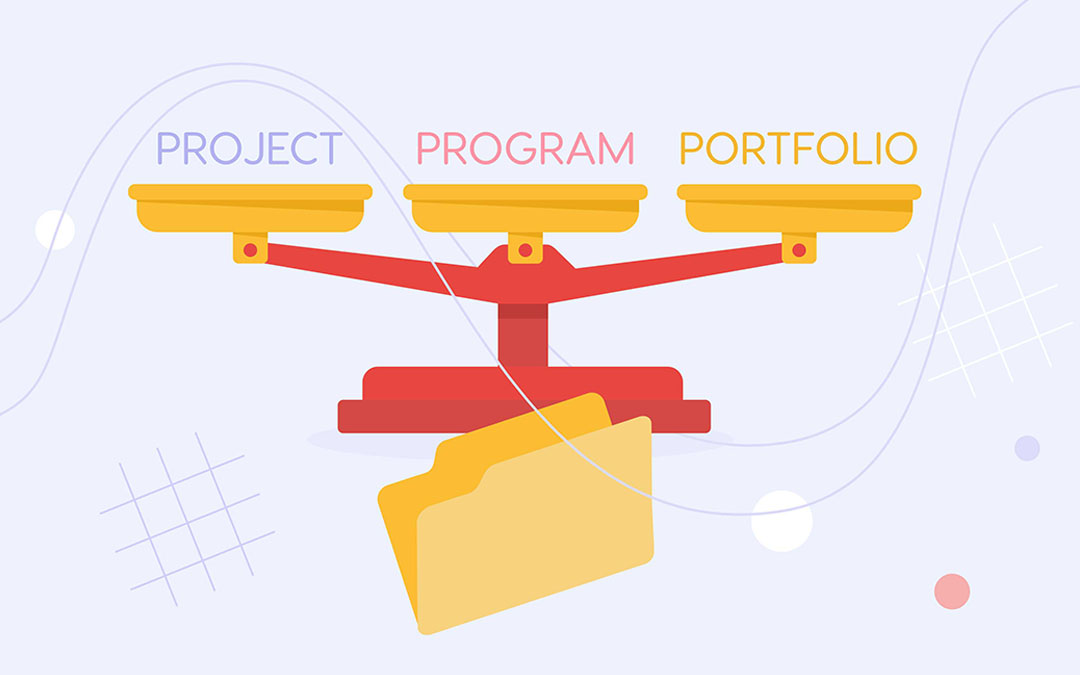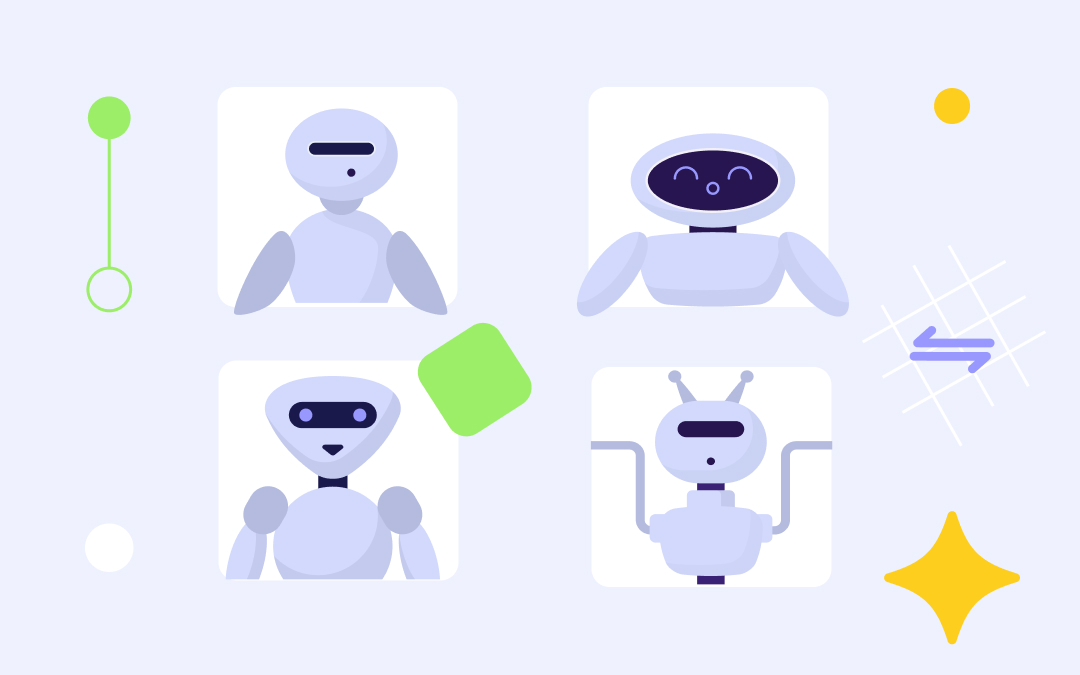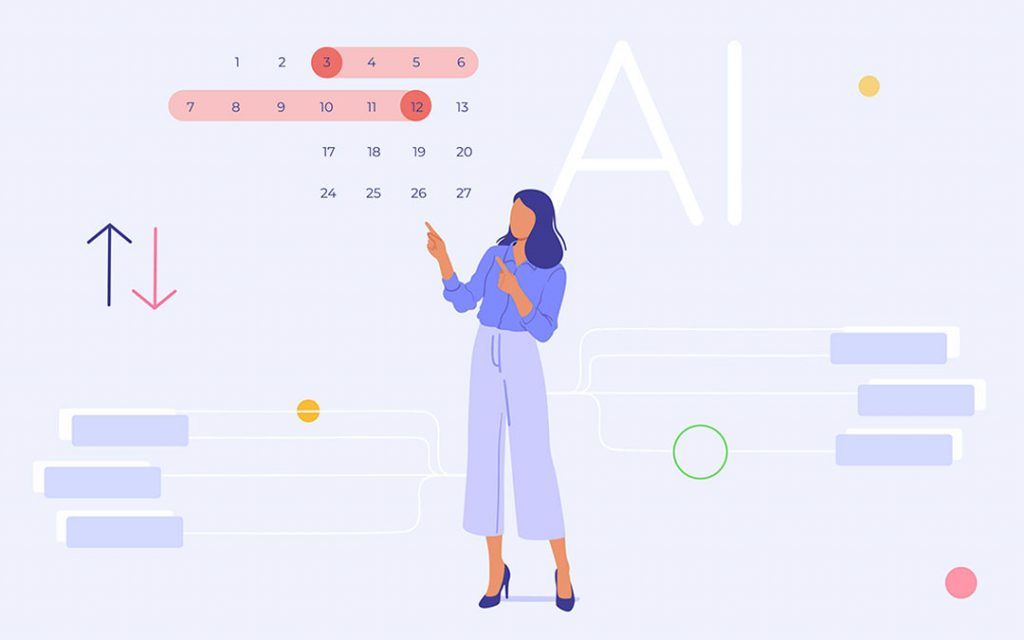
The increasing complexity of projects and diversity of resources pose the need for more sophisticated software tools for their effective management. And this is where integrating AI in project management becomes an indispensable helper. One of its applications is AI capacity planning. Read the article to get a deep understanding of how it works and learn more about its role in effective resource management.
What Is AI Capacity Planning?
As you probably know, capacity planning in project management denotes the process of determining the demand for resources across projects and bridging it with available capacity. For example, you may decide to outsource more people if you need to add an important project to the existing pipeline and your available resources are limited. If you manage one of a couple of projects, planning capacity isn’t a big challenge. But if you have hundreds of projects in the pipeline, you’ll probably need a robust software solution to help you.
AI-driven capacity planning becomes a game changer for complex multi-project environments with limited resources. How does it work, and how does it differ from traditional capacity planning methods? Before we consider the role of artificial intelligence in this process, let’s recollect the components of effective resource capacity planning:
- Forecasting resource demand;
- Gaining real-time insights into available capacity of existing resources;
- Comparing both results;
- Making a decision on how to bridge the gap between resource demand and available supply.
Of course, in complex multi-project environments, manipulating all this data and planning resource capacity effectively is far from real, especially when it comes to demand forecasting and informed decision-making. This is where artificial intelligence comes into play. Here are the ways AI improves resource capacity planning:
- Predictive analytics forecasts future workloads and capacity of employees based on their current involvement in projects.
- AI can visualize potential bottlenecks in the future or periods of overload. This means that a project or resource manager doesn’t have to compare capacity with demand themselves—AI will provide them with all necessary insights.
- With the help of AI, you can test different scenarios to decide on the best ways of bridging resource demand and available capacity and use these actionable insights for making informed decisions.
Now that you understand how AI for capacity planning works, let’s consider the benefits you can get upon implementing it.
The Benefits of AI Capacity Planning
The main advantages of AI for capacity planning are making this practice more effective and simpler. Here are some more essential benefits.
Increased accuracy of forecasting
When project managers deal with large amounts of data in a multi-project environment, it’s almost impossible to make accurate predictions of resource capacity. First of all, forecasting future demand across multiple projects becomes a mission impossible. In contrast, AI can perform these forecasts in a few seconds, and you shouldn’t worry about their accuracy. What is more, AI-powered capacity planning tools can present all this information in a convenient and understandable way.
Proactive decision-making
If you want to take on one more project, you need to analyze whether your resources can handle additional workloads. With AI’s scenario analysis, this won’t be a problem. You can add a project to the simulated environment and see how workload distribution will change. This is just one of the examples of how you can make the decision-making process more effective. In addition, making decisions becomes simpler, as you don’t need to collect historical and real-time data and make assumptions regarding the consequences of your decisions. AI functionality will provide you with different project scenarios, and your task is only to choose the most appropriate one. Finally, this tool is significant in addressing constant changes occurring in the present-day dynamic project environment.
Reduced risk of bottlenecks
Improper capacity planning has numerous negative consequences, and one of them is overloading employees. While it may seem that the more work they do, the faster they’ll deliver projects, in real-life practice, it’s not the case. Instead, overloaded employees become bottlenecks for the workflow: they can make mistakes that require rework, deliver their output with delays, hamper the work of their colleagues, and become the source of reduced productivity. AI-powered capacity planning, especially AI-driven demand forecasting, visualizes future bottlenecks; this means that managers can prevent them.
Effective resource utilization
One of the purposes of capacity planning is utilizing the potential of available resources to the full. What does that mean? They have balanced workloads, work efficiently on projects they are assigned to, and there is no resource waste as well as resource shortages and unexpected hiring needs. Capacity planning performed by AI-powered tools will help you ensure that your organization utilizes available resources with maximum efficiency, and the need for hiring additional resources is reduced to a minimum.
Challenges of Capacity Planning Without AI
Let’s now compare the benefits of strategic capacity planning with the challenges you may face when performing it manually.
Too much data to analyze
To perform effective capacity planning, you need the data on each resource’s capacity and availability. Imagine that there are a couple of hundreds or even theousands of people working in the organization—keeping track and analyzing all this data effectively will take all of your time. What is more, there will be a high risk of errors, as dealing with huge amounts of data is a challenging task.
Low accuracy of prediction
In addition to the vast amounts of data to analyze, we shouldn’t forget that people can only make assumptions, as we cannot predict the exact course of events in the future, even if we take all the contributing factors into account. This particularly refers to complex multi-project environments. So, the accuracy and effectiveness of forecasts without AI-driven insights are unfortunately low.
Unexpected resource shortages
Improper or inaccurate capacity planning may result in an unexpected resource shortage. Possible consequences of unforeseen resource shortages include overloading available resources or unplanned hiring. Each of these scenarios will lead to project delays and budget overruns.
Potential risk of resource overload
As we’ve mentioned above, unexpected resource shortages lead to resource overload. But we’d like to mention it separately due to the severity of its impact on the project flow. When facing a lack of required resources to complete a project, it may seem a good idea to distribute tasks between existing employees. But instead of solving your problem, this strategy will only reduce productivity and create bottlenecks.
Now, it’s time to review how AI capacity planning is implemented in project management tools.
AI Capacity Planning with Epicflow
We’ll take the example of Epicflow — it’s an AI-powered resource management solution designed for managing multi-project environments under conditions of resource constraints. Its strong points are features aimed at eliminating bottlenecks and achieving resource efficiency across multiple projects. Here are some of its capabilities enabling effective AI-powered capacity planning.
- Forecasting future workload and capacity: Epicflow’s AI-powered capacity planning software forecasts employees’ workloads and capacity far in the future. It also visualizes bottlenecks that will appear in the future if current conditions aren’t changed.
- Providing an inventory with all resource-related data: Epicflow keeps the data on each employee’s skills, availability, capacity, experience, and other essential attributes. No matter how many employees are in your organization, you can find the necessary person in a few clicks. What is more, Epicflow integrates with human resource management systems to make sure that resource availability data is always up-to-date.
- Running simulations: Epicflow is equipped with AI-powered What-if analysis that helps users run simulations and find the best possible ways to address or prevent bottlenecks, adjust resource allocations, reschedule projects, analyze their feasibility, etc.
- Project staggering: When resources are limited, Epicflow can suggest rescheduling projects in line with the availability of constrained resources. In other words, it suggests that you should start some projects later to finish earlier. As a result, your resources will remain productive, the workflows seamless, and you’ll be able to achieve desired project outcomes.
This was just a small part of Epicflow’s advanced functionality supporting effective capacity planning. Contact us to discover more opportunities provided by our software tool.
Final Words
Artificial intelligence takes resource capacity planning to the next level. It makes it simpler, more accurate, and more effective. Companies using AI capacity planning are more likely to reduce bottlenecks, optimize decision-making, and utilize available resources with maximum efficiency. Resource management tools equipped with AI-powered capacity planning are a good choice for companies striving to streamline and optimize capacity planning and resource management in general.
Frequently Asked Questions
How to use AI for capacity planning?
Artificial intelligence is used in capacity planning to forecast resource capacity across all projects in the environment, visualize potential bottlenecks, ensure that the right people are assigned to the right tasks, and perform scenario analysis to bridge the gap between resource demand and available capacity.
Can you do capacity planning in Excel?
Doing capacity planning in Excel is possible for small projects where not many people are involved. But for large projects running in parallel, where hundreds or thousands of people are involved, it’s better to perform capacity planning with resource management tools with predictive capabilities. This will increase its accuracy, make it much more effective and simple.
What are the benefits of AI capacity planning?
The benefits of AI capacity planning include increased accuracy of resource forecasting, making data-driven decisions, reduced risk of bottlenecks, and effective resource utilization.
What type of data is essential for AI-driven capacity planning?
AI-driven capacity planning requires data on available employees’ skills, capacity, availability, and workloads; current and future resource requirements; and project priorities (for project portfolios).

